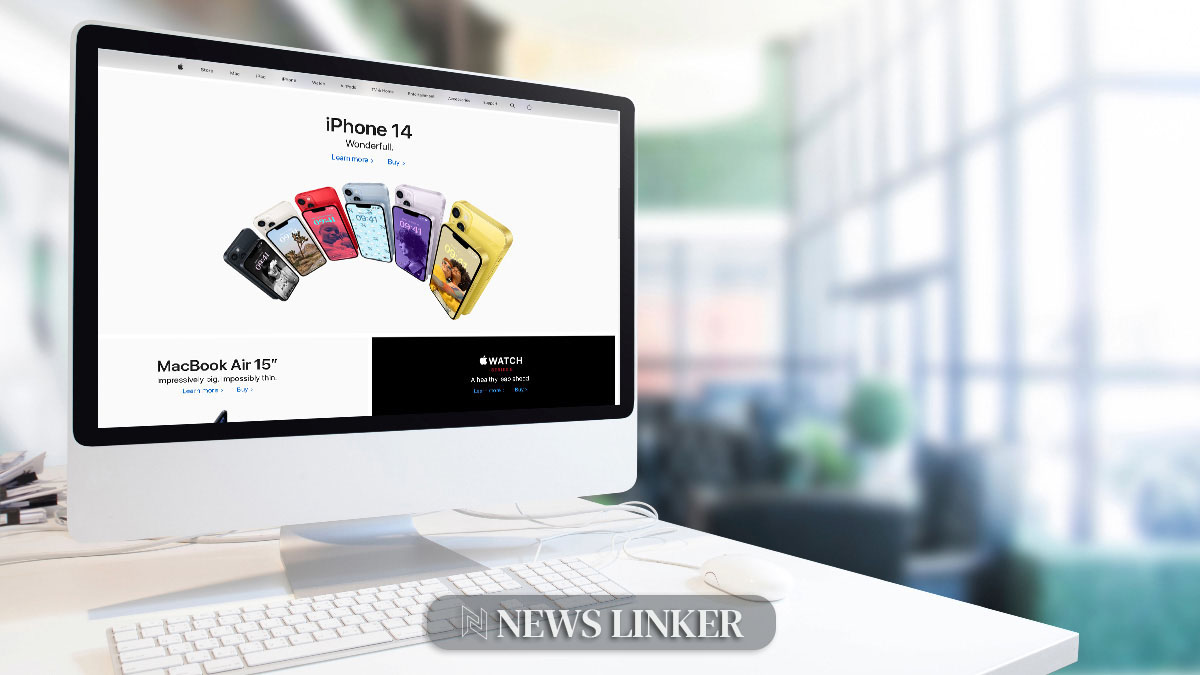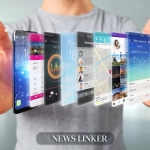In the world of consumer electronics, the launch of new wearable technology often comes with a great deal of anticipation and scrutiny. Apple‘s latest offering, a highly sophisticated headset dubbed the Apple Vision Pro, has hit the market with a significant weight factor that has caught users by surprise. The design and fit of wearable tech are critical to user experience, and Apple’s customers are finding that the Apple Vision Pro’s heft necessitates an unusually precise fit to ensure comfort and usability. This revelation is sending ripples through the tech community as users and experts alike reassess the importance of ergonomics in high-end wearables.
Reassessing Wearable Comfort and Design
The emphasis on design and comfort in wearable technology is not new. However, the Apple Vision Pro’s weight issue brings these considerations to the forefront. As users report discomfort due to the heft of the device, it becomes apparent that despite cutting-edge features, the experience can be marred if the physical interaction with the product is not adequately addressed. Customers are advocating for a more personalized fit, which could lead to new design approaches in future iterations.
Comparative Analysis with Previous Models
The weight and fit of a wearable device have long been critical factors in user satisfaction. In previous years, other models and brands have faced similar challenges, with consumer feedback leading to adjustments and enhancements in subsequent models. The Apple Vision Pro’s situation is reminiscent of early complaints about wearable fitness trackers that were cumbersome or irritating to the skin. Over time, these devices evolved to become more lightweight and skin-friendly, suggesting a potential roadmap for Apple’s current conundrum.
In exploring the conversations surrounding wearable technology, an article from Wired titled “How Wearable Tech Became Fashion’s New Normal” addresses the industry’s growing focus on aesthetics and comfort. Another resource, an article from The Verge named “The Evolution of Wearable Technology,” delves into the advancements and challenges that have shaped today’s wearables. Both articles underscore the critical balance between functionality and wearability—a balance that the Apple Vision Pro aims to achieve despite the current challenges.
Industry Response and Future Developments
The tech industry’s reaction to the sizing issue of the Apple Vision Pro has been one of empathy and foresight. Experts predict that this event may prompt a shift towards more customizable and adaptable design solutions in wearable tech. Moreover, the experience could hasten the development of lightweight materials and innovative fitting mechanisms to cater to a wider range of users without compromising on the device’s capabilities.
Useful Information for the Reader
- Heavier wearables require precise fitting to ensure comfort.
- Consumer feedback often drives design improvements in tech.
- Customization may become more prevalent in future wearables.
While the Apple Vision Pro is a testament to technological advancement, its weight has inadvertently highlighted the importance of ergonomic design in wearables. The user discomfort experienced spotlights the need for a balance between innovation and wearability. Industry experts anticipate that this experience will lead to a surge in design consciousness, with a greater emphasis on creating products that are not only technologically superior but also comfortable and customizable. As the wearable market continues to expand, this focus on user-centric design is likely to become even more crucial, setting new standards for future technology to follow.










